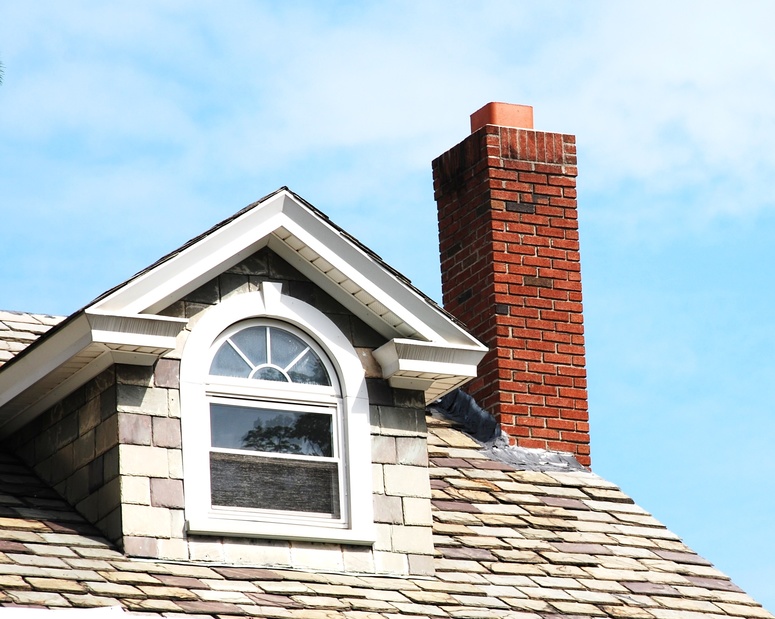Specialist Tips for Effective Smokeshaft Upkeep You Required to Know
Chimneys serve as essential elements in numerous homes, offering warmth and convenience. From the importance of normal examinations to secure functional techniques, a detailed approach to chimney upkeep is essential.
Relevance of Routine Evaluations
Routine inspections of chimneys are crucial for ensuring their security and functionality. Smokeshafts play an important role in venting out hazardous gases and keeping appropriate air movement in a home. Gradually, creosote buildup, particles, and structural damages can take place within the smokeshaft, positioning significant dangers such as smokeshaft fires or carbon monoxide gas leaks.
Throughout a chimney examination, educated specialists evaluate the problem of the chimney, trying to find any type of indicators of damage, clogs, or wear and tear. They additionally inspect the stability of the flue, smokeshaft lining, and smokeshaft cap to guarantee every little thing is in appropriate functioning order. By identifying and addressing issues early, pricey repair services or potential dangers can be avoided.
Regular inspections not only aid in preserving the security of the chimney yet likewise add to its general performance. A well-maintained and tidy smokeshaft runs better, guaranteeing appropriate air flow and reducing the risk of interior air contamination. As a result, organizing annual chimney assessments is a positive procedure that property owners can require to protect their residential or commercial property and loved ones.
Cleansing Strategies and Frequency
Maintaining the safety and security and efficiency of a smokeshaft entails not just normal evaluations but also executing suitable cleaning strategies and establishing the ideal frequency for cleaning. Smokeshafts must be cleaned up by a professional chimney sweeper a minimum of as soon as a year, even if they are not regularly made use of. If the smokeshaft is made use of consistently, particularly with wood-burning stoves or fire places, it may call for even more constant cleansings to avoid the buildup of creosote, an extremely combustible substance that can lead to smokeshaft fires.
Homeowners ought to never ever forget chimney cleaning, as it is vital for maintaining a useful and safe smokeshaft system. Routine cleansings not just reduce the risk of chimney fires yet likewise enhance the chimney's overall performance and longevity.
Resolving Smokeshaft Leaks

When resolving smokeshaft leaks, thorough assessment and prompt fixings are critical to stop water damage and preserve the architectural integrity of the chimney,. Leakages in a chimney can cause significant concerns such as mold development, wear and tear of the smokeshaft framework, and also prospective fire threats. To effectively resolve smokeshaft leaks, begin by inspecting the read this post here chimney cap, crown, blinking, and masonry for any type of signs of damage or wear. Smokeshaft caps must be safely in position to stop water from going into, while the crown and blinking need to be intact and properly secured. Any splits or gaps in the stonework ought to be fixed without delay to avoid water seepage. Additionally, consider waterproofing the smokeshaft to offer an added layer of defense versus moisture. Regular upkeep and inspections can help detect and resolve smokeshaft leaks early, saving you from expensive repair services and making certain the security and long life of your smokeshaft.
Understanding Creosote Accumulation
To recognize the prospective threats of creosote build-up in smokeshafts, it is vital to identify its formation procedure and effect on smokeshaft efficiency. When timber or fossil gas are shed, Creosote is a black or brown tar-like compound that gathers inside smokeshaft systems. As smoke increases through the smokeshaft, it cools and condenses, leading to the formation of creosote, which follows the smokeshaft wall surfaces.

Routine chimney examinations and cleansings by an expert chimney sweeper are important in avoiding creosote accumulation and ensuring the risk-free operation of try this out your chimney system.
Safe Operation Practices
Applying appropriate safety and security procedures is essential for the protected and reliable procedure of chimney systems. Constantly guarantee that the smokeshaft is professionally checked and cleansed on a regular basis to get rid of any type of creosote accumulation, which can lead to smokeshaft fires.
Furthermore, make certain to just burn experienced wood in your fire place, as wet or eco-friendly wood can produce more creosote and create dangerous chimney obstructions. Lastly, try this out never leave a fire neglected and always ensure the fire is entirely snuffed out prior to going to sleep or leaving your home. By complying with these secure procedure techniques, you can enjoy a relaxing and cozy fire while ensuring the safety of your home and loved ones.
Verdict
In conclusion, preserving your chimney is essential for guaranteeing its safety and security and effectiveness. Normal assessments, proper cleansing techniques, dealing with leakages, handling creosote accumulation, and following secure procedure methods are vital elements of smokeshaft maintenance.
Over time, creosote build-up, debris, and architectural damage can happen within the smokeshaft, presenting major threats such as chimney fires or carbon monoxide leakages.
If the smokeshaft is utilized consistently, particularly with wood-burning stoves or fire places, it may require even more regular cleansings to avoid the build-up of creosote, a highly flammable material that can lead to chimney fires. (Chimney Maintenance San Jose)
To comprehend the possible hazards of creosote build-up in smokeshafts, it is necessary to recognize its formation process and effect on smokeshaft performance. As smoke increases via the smokeshaft, it cools and condenses, leading to the development of creosote, which adheres to the smokeshaft walls.
Always guarantee that the smokeshaft is skillfully evaluated and cleaned on a regular basis to get rid of any kind of creosote accumulation, which can lead to smokeshaft fires.